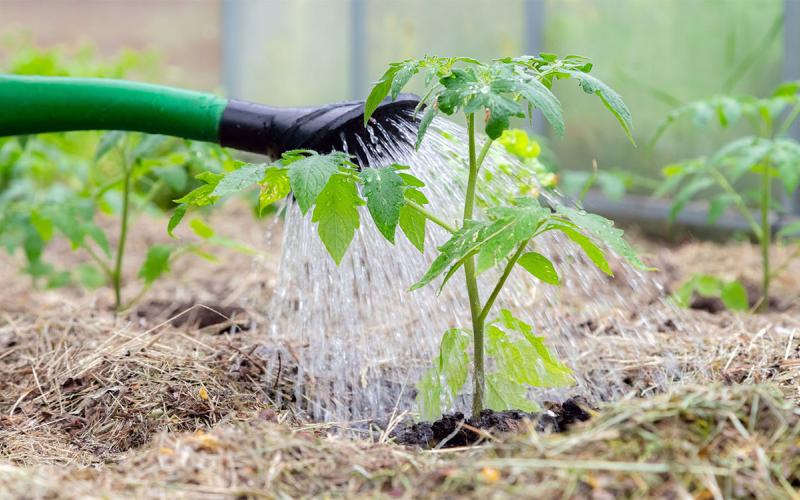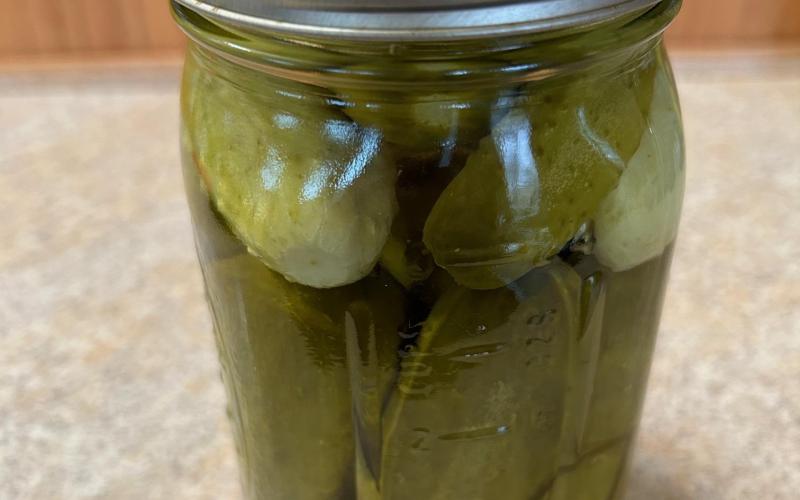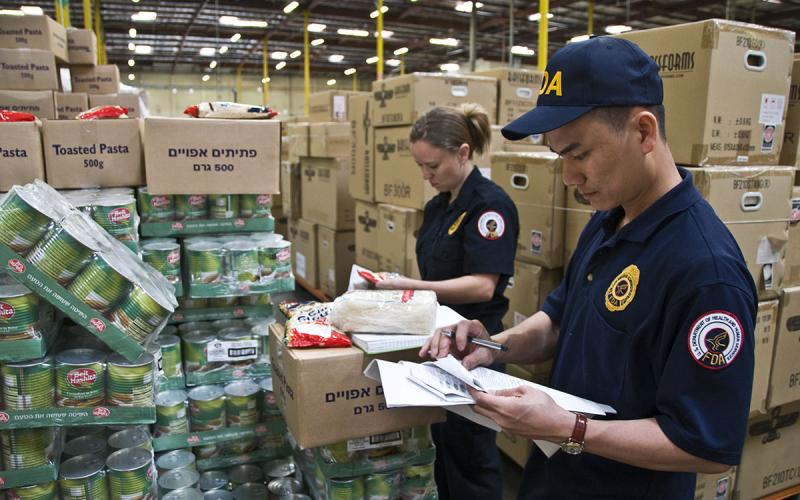Written by Lavonne Meyer (former SDSU Extension Food Safety Field Specialist).
Processing Considerations
Tomatoes are unique when it comes to home canning recipes. Some tomato recipes recommend using a boiling water bath canner, some recipes recommend a pressure canner, and some recipes offer both options. This is because of the fine balance created with combining high acid foods with low acid foods. For example – salsa made with tomatoes (acid food) and peppers and onions (low-acid food). The ratio of the ingredients will determine the pH level. The pH level along with the consistency or thickness of the product, specific ingredients and research of tested recipes determine the heat processing method recommended by the USDA. Whether you are canning tomatoes products in a boiling water bath or in a pressure canner, be sure you are canning them safely.
Unless a tested recipe is used, all tomato-vegetable mixtures (spaghetti sauce, tomato-vegetable juices) must be processed in a pressure canner. The processing time is determined by the vegetable in the mixture that has the longest processing time. When using a tested recipe from a reliable source, the tomato-vegetable mixture recipes may have shorter processing times because they have been tested for both pH level and heat penetration. When the recipes are followed exactly as written, these mixtures can be processed using the times given.
Canning Salsa
- Most salsas are mixtures of low-acid foods, such as onions and peppers, with high-acid foods, such as tomatoes or fruits. It is important to use a tested recipe if you plan to process salsa in a boiling water bath canner. Other salsa recipes can be eaten fresh or frozen. Acid, as in commercial lemon juice or vinegar, is an important ingredient to put the pH level of the finished salsa at 4.6 or lower.
- The type of tomato will affect the consistency of the salsa. Choose paste tomatoes, such as Roma, for firmer flesh and less juice. Large slicing tomatoes will produce more juice and will yield a thinner salsa. Always choose tomatoes that are high quality and disease free. Do not can tomatoes that come from dying or frost-killed vines.
- Use only high-quality, disease-free peppers in salsa. One type of pepper may be substituted for another type of pepper as long as the amounts stay the same. Canned chiles may be substituted for fresh.
- Do not touch your face when you are handling or cutting hot chiles or peppers. Wear plastic or rubber gloves when working with hot peppers. If you do not wear gloves, wash hands thoroughly with soap and water before touching your eyes.
- Onions may also be substituted for each other as long as you do not change the amount of onion in the recipe.
- Do not use a recipe that calls for flour, cornstarch or other thickeners. The thickener may affect the heat penetration during the canning process and the pH of the finished product. If you have a tomato product that needs to be thickened, add thickener or drain excess liquid just before serving the product.
Other Safety Tips
- Follow home preservation recipes that have current USDA recommendations.
- Do not rely on family recipes, your neighbors’ recipe, or from community cookbooks created by organizations sharing their members’ favorite recipe.
- If you are searching recipes on the internet, make sure they are from reliable sources.
- If you find a recipe that does not have USDA recommendations, eat that salsa or spaghetti sauce fresh, store in the refrigerator or freezer. Do not try to process it by canning.
- For tested recipes and processing times, view the Canning and Freezing Tomatoes and Making Salsa publication.
To learn more about canning tomatoes, watch our Common Questions About Canning Tomatoes video!


